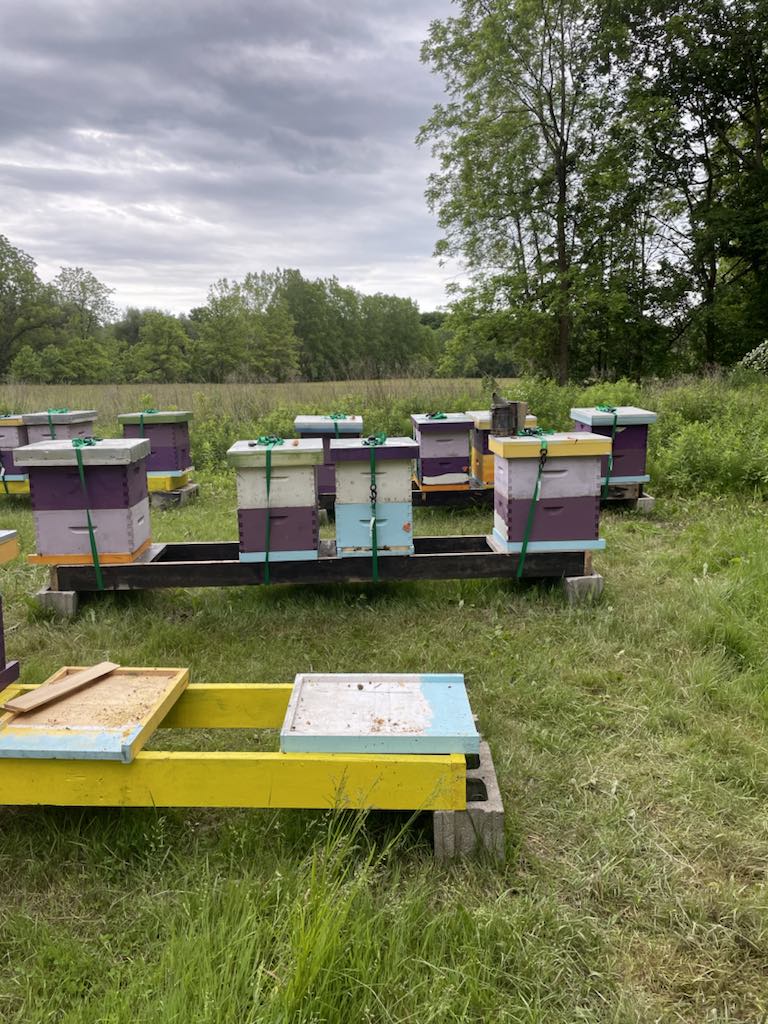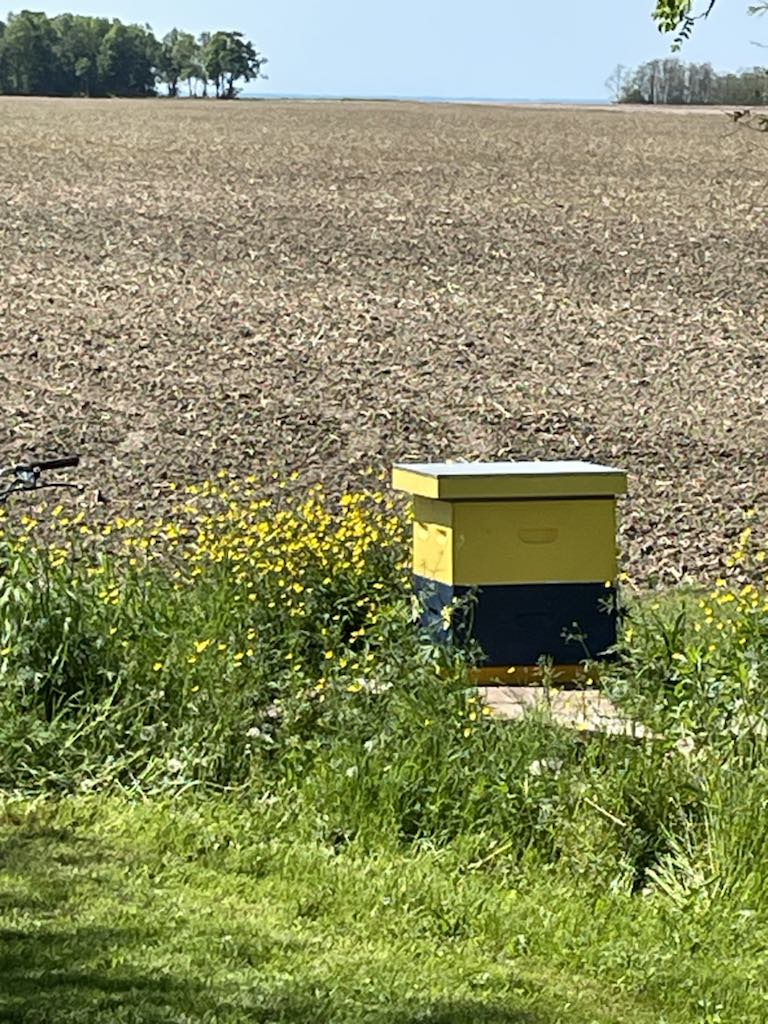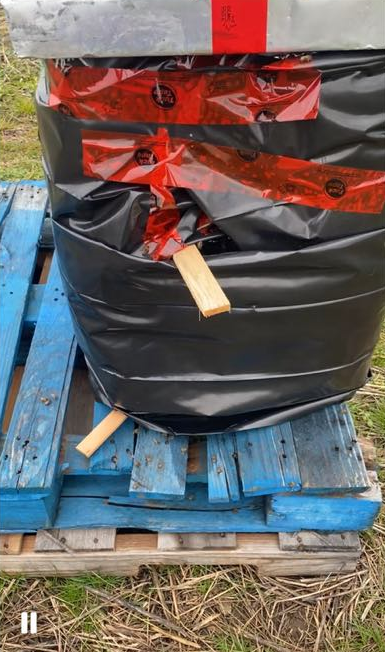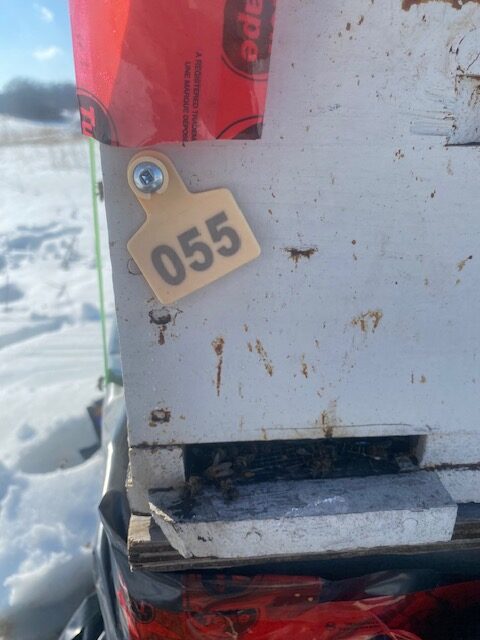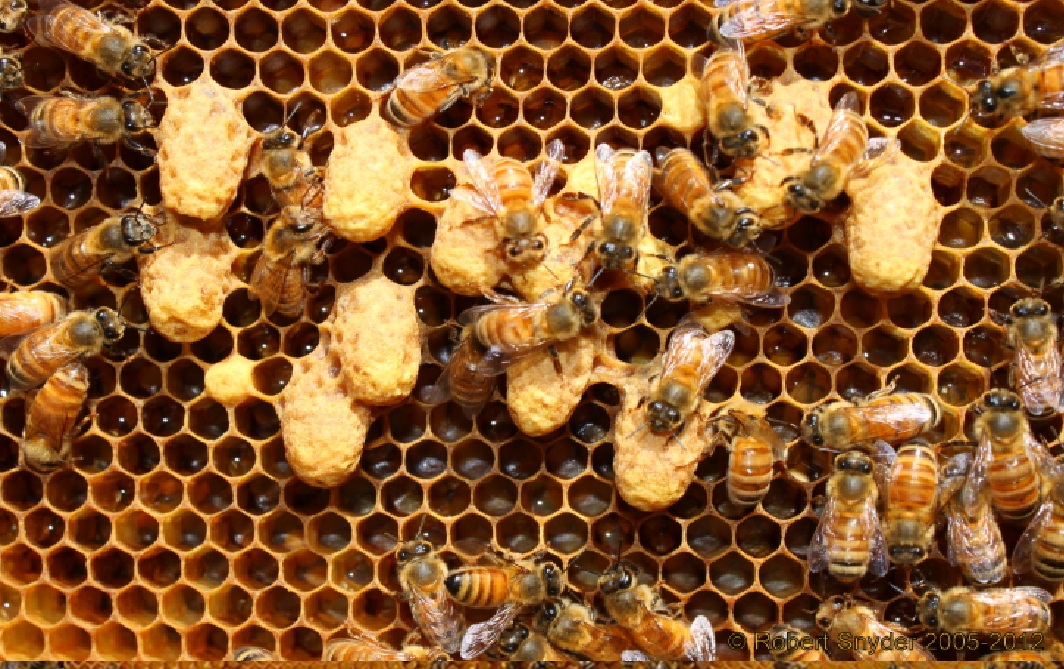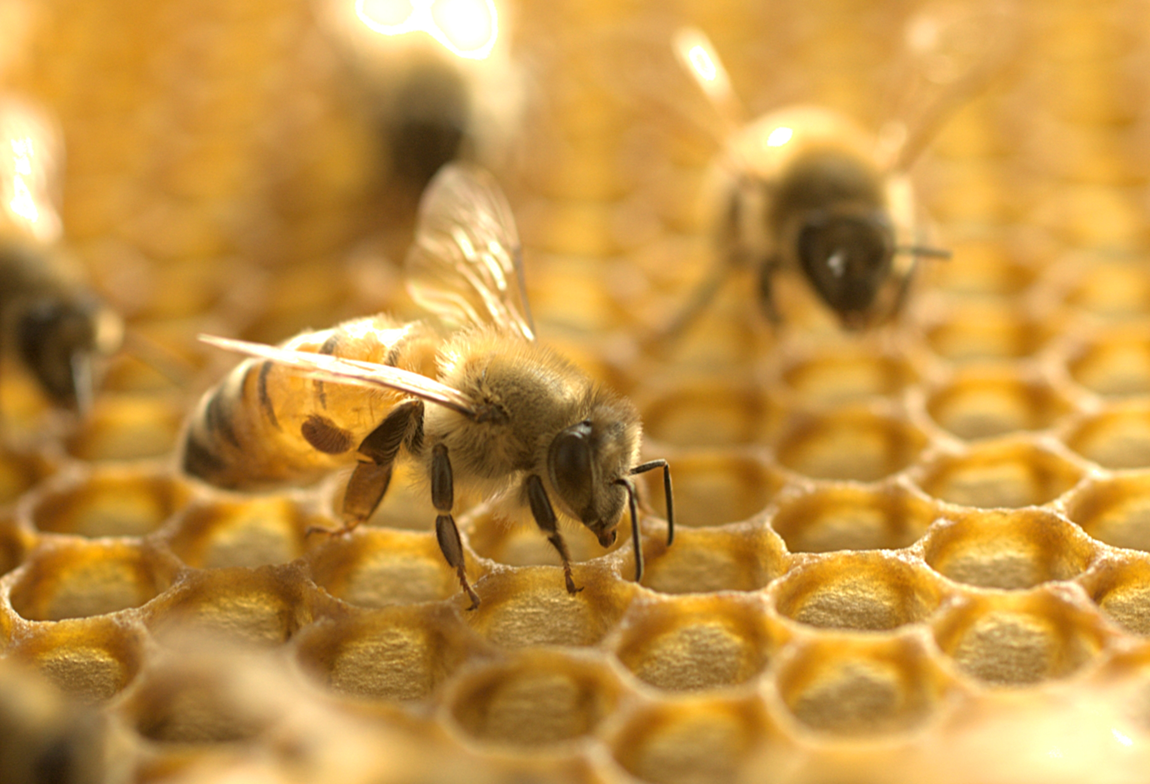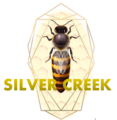Explore effective strategies for overwintering bees in warm areas. Our site offers valuable insights to help you maintain a thriving bee population during winter.
I went to Propolis etc in Guelph to pick up some queen-rearing supplies and was pleasantly surprised to see Erica from Protecta BEE giving a talk.
There was also a talk from a commercial beekeeper in Kawartha. While my husband sat in on the lecture, I walked around the showroom with another woman.
After a few minutes we started to chat, and I found out she was the wife of the beekeeper giving the talk. We chatted for a few minutes and she gave me a lot of information. One tip that hit me was her statement, beekeeping is all about warmth.
Let me summarize overwintering bees in warm places:
- She is making splits earlier than we did because her queen bees are laying earlier.
- Her overwintering success rate is higher because her bees lay later in the fall, and start laying earlier in the spring.
- She wraps in cozies and introduced me to condensing hives. I will write more about this later.
- Her bees need less feed/resources in the winter because they are warmer.
- Bees in a tree do not cluster. This reduces starving.
- By the time you have a heavy mite load, it is too late.
– We are seeing this. In the last week of October we were seeing 10 frames of bees, still. This could be attributed to the warmer fall, which has caused problems of its own because it appears that winter bees are foraging and bringing back resources. As we know, ‘when they fly they die.’ Will these bees last the winter if they are flying and using up their fat reserves and wearing out their wing muscles?
– I have rigorously researched condensing hives, the overwintering success rates, and compared this to some of our past research. We are overwintering in condensing hives and nucs this winter.
– We have built wraps this fall. We are following Dr Tom Seeley’s work, and the University of Michigan who discuss the dew rate, bees in trees, and condensation. We have chosen to use a 24 – 30R on the lids. We did this by making pillows. They are not pretty, but they are cost effective and will give us the R30 to prevent condensation on the lid. We were going to use only 10-15%, 3 foam boards on top, until we researched the data behind the Hive Hugger from the University of Michigan and compare that to lectures from European beekeepers, and anything we could find on condensing hives.
I will publish our survival rates next spring.
